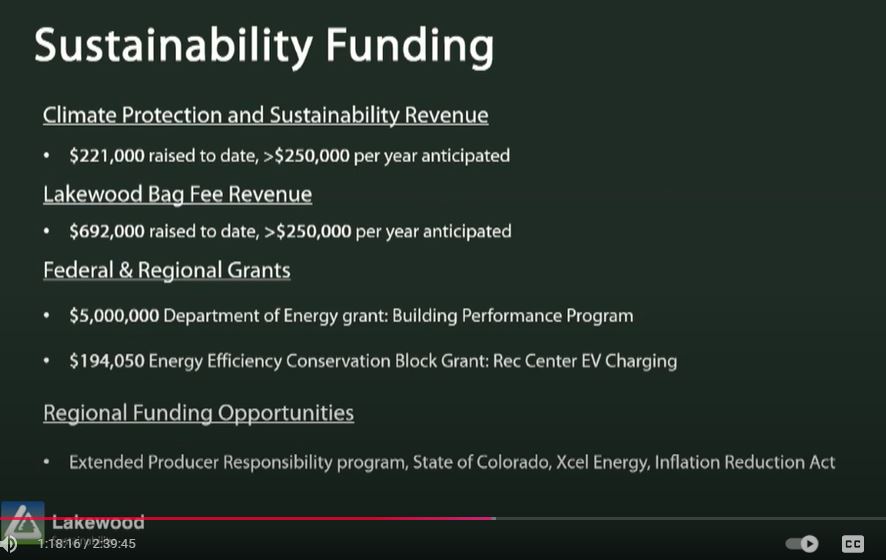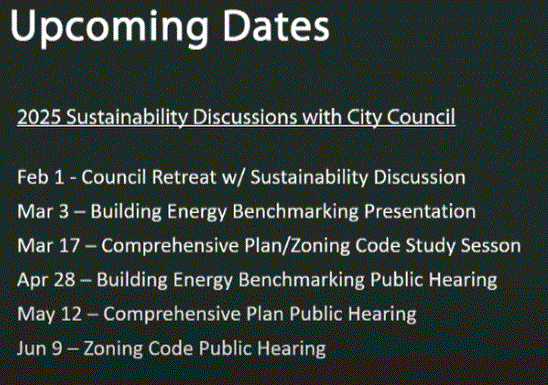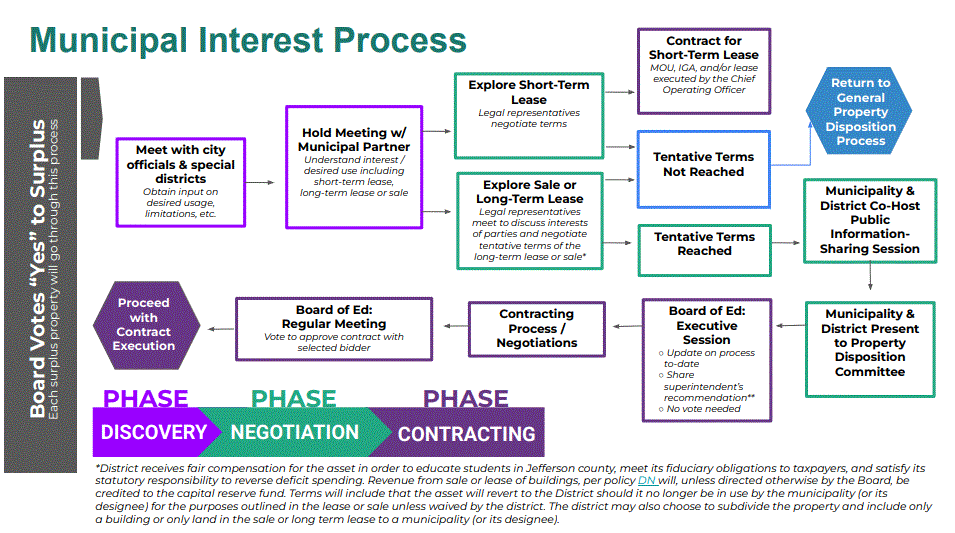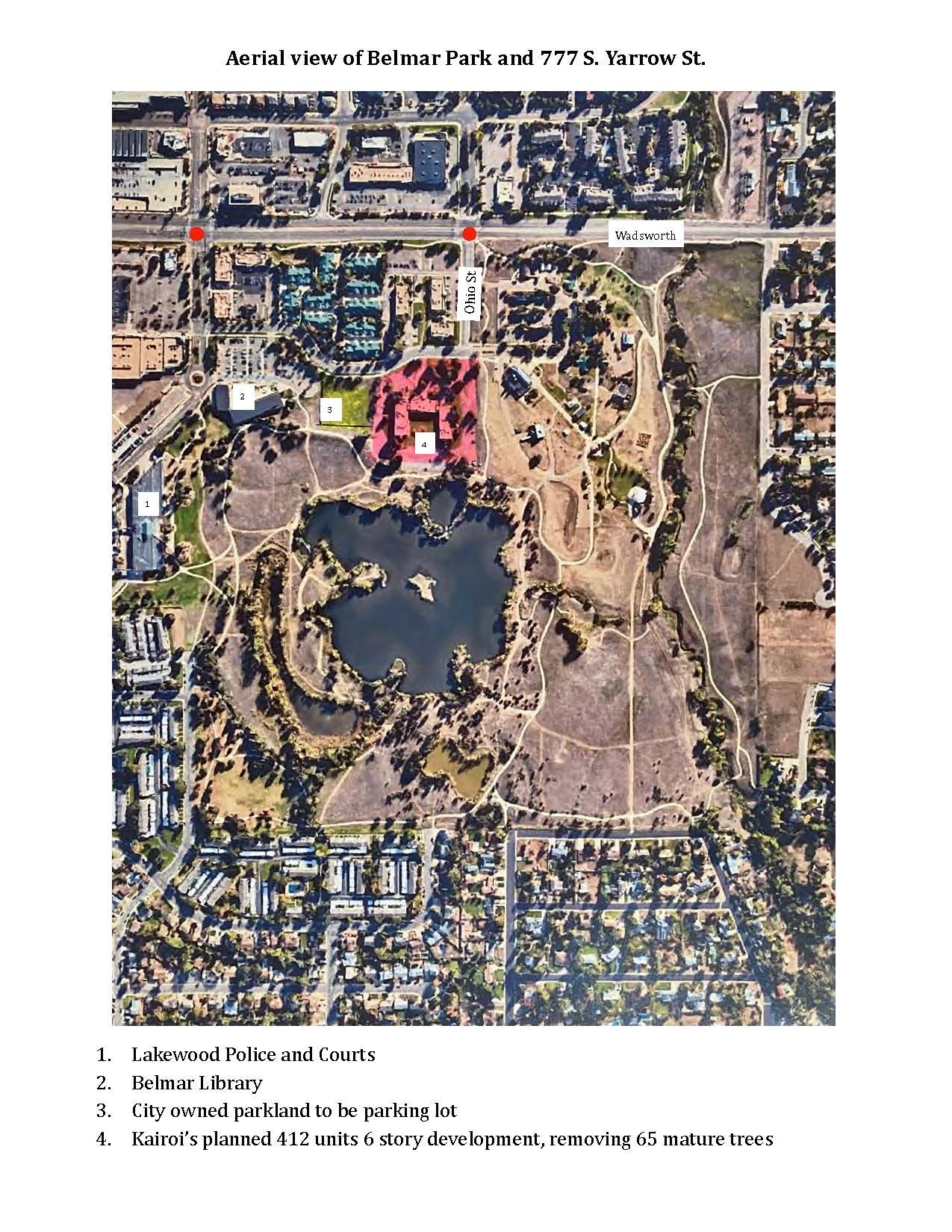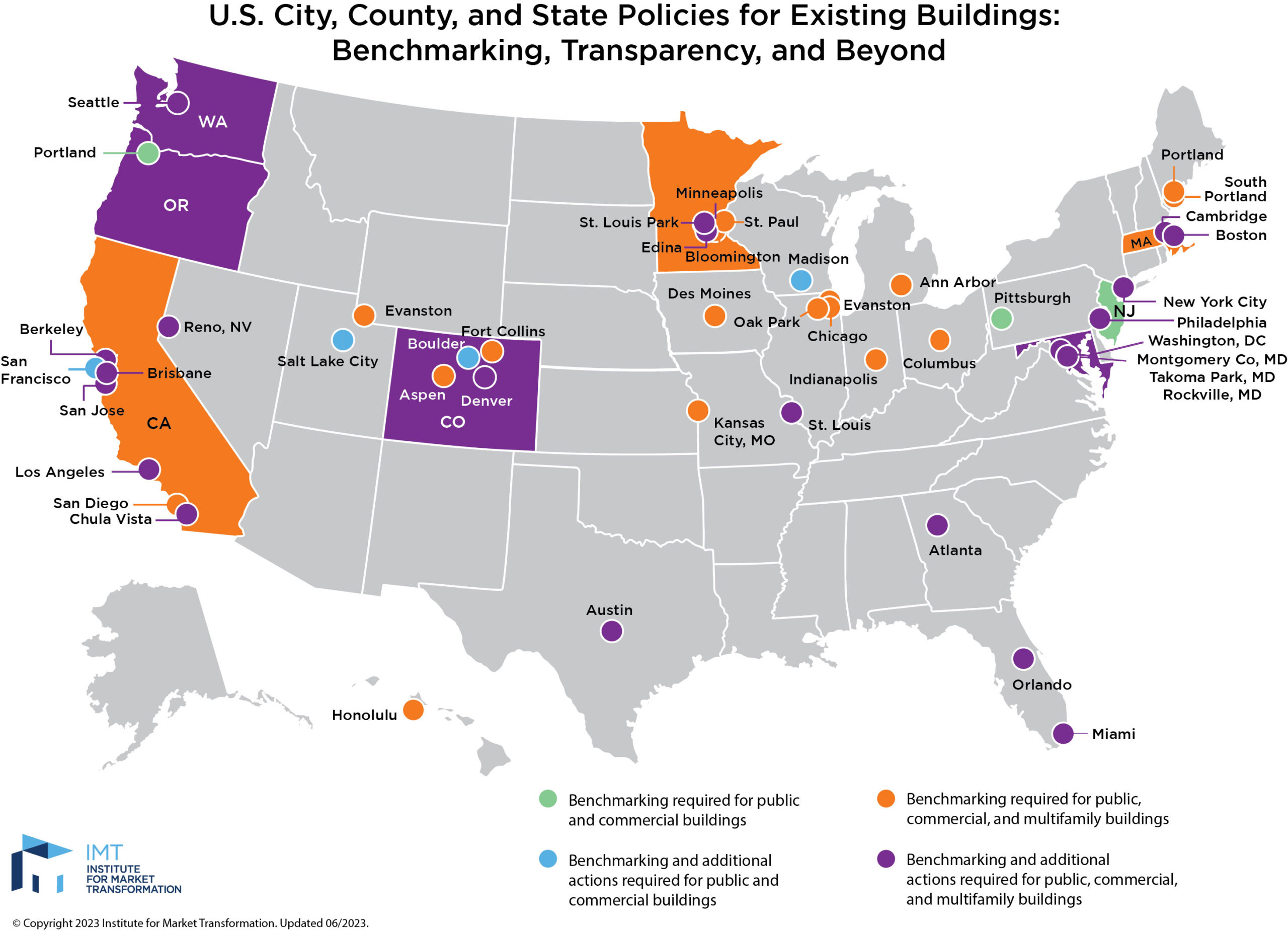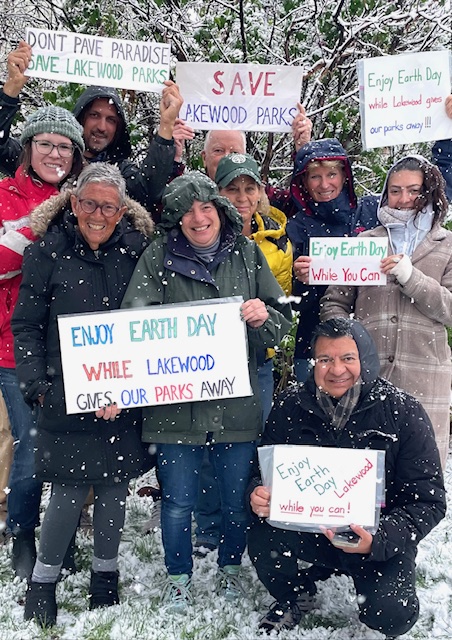From savebelmar.org
At long last the date for the Lakewood Planning Commission to hear the review of the major site plan of 777 S. Yarrow St has been set. MARK YOUR CALENDARS FOR MAY 7. We will need everyone available to pack council chambers. You can:
- Sign up to STAND UP and SPEAK! If only a few people speak, it will look like there is more support for the project!
- Comment on the lack of buffer between the development and the park that fee-in-lieu made possible!
- Comment on the environmental degradation due to noise from construction and the potential for bird window strikes.
- Comment that 65 mature trees will be cut down
- Comment on the traffic and parking during festivals and concerts that will become worse with 412 additional apartments
OR Donate your time to a speaker who would need more than 3 minutes
It is STRONGLY RECOMMENDED that everyone who has a comment, whether they speak or not, enter their statement on Lakewood Speaks at Lakewood Speaks – May 7, 2025 Planning Commission Meeting. Submit comments before 5 pm day of.
It would be beneficial to tie your comments to a section of the zoning code. For example,
Article 17.2.7.2: Review Criteria states that:
Recommendations and decisions regarding site plan applications shall be based on the following criteria:
A. Major site plans shall comply with standards outlined in Articles 3, 4, 5, 6, 7, 8, and 10 of this Zoning Ordinance.
B. The Director shall evaluate how well the proposed modifications contribute to the overall performance of the site and how well the proposed changes meet the standards in Articles 3, 4, 5, 6, 7, 8, and 10 of this Zoning Ordinance.
Let’s see how well these standards are met:
under Article 17.3.1.1: Purpose and Intent
This Article describes each zone district established within the City of Lakewood. The purpose of the various districts is to:
A. Ensure compatibility of land uses
Is this requirement met with a 5-6 story apt complex directly adjacent to the lake?
Article 17.3.4.1: Purpose and Intent
The mixed-use (M) zone districts are specifically intended to:
C. Maintain the integrity and viability of the adjacent residential neighborhoods
Is this requirement met with a 5-6 story apt complex adjacent to the 1 and 2-story townhomes at Belmar Commons?
Article 17.4.1.3: Determination of Use
B., the Director shall consider, among other relevant factors, traffic generation, density of population, and hours of operation of the proposed use as compared to:
3. The goals and policies set forth in the Comprehensive Plan.
The Comprehensive Plan states “Through the site plan review process and design guidelines, ensure that new multifamily, mixed-use, and commercial developments adjacent to single-family neighborhoods are compatible by incorporating appropriate design, scale, height transition, and connectivity to seamlessly integrate with the neighborhood.”
Is this requirement met with the 5-6 story apt complex?
Page 196 of the Comprehensive Plan reads
Lakewood Sustains
Guiding Principle
Lakewood will be a leader in sustainability principles, practices, and education. Lakewood is committed to the well-being and health of its citizens and environment. The city will reduce its impact on natural systems
It is the goal of sustainability to achieve balance between the economy, the natural environment, and social values; however, human society depends on the environment first and foremost in order to achieve social and economic sustainability. In other words, without a healthy environment, a community would be unable to achieve economic success and social well-being.
Are we promoting sustainability and a healthy environment by cutting down 65 trees and degrading the environment? Declining bird populations will now have to endure noise pollution from construction, window strikes from 6 stories of apartment units, and reduced habitat from tree removal.
Article 17.4.1.4 : City Owned Open-Space and Parks
City-owned land which is used or held for open-space or park purposes shall not be permitted to be used for any purpose other than open-space or park purposes.
Is the developer staging equipment and/or regrading part of the park adjacent to the site?
Article 17.6.5.8, 17.7.7.7: Existing Tree Preservation
A. Existing trees with trunks greater than 8-inch caliper, measured 1 foot above grade, within a development shall be preserved to the extent reasonably feasible and will help satisfy the landscaping requirements of this Section. Such trees shall be considered “protected” trees within the meaning of this Section. Streets, buildings, and lot layouts shall be designed to minimize the disturbance to protected trees.
B. The Director shall determine through consultation with the City Forester when it is not feasible to preserve and retain protected tree(s) or to transplant them to another on site location. If it is determined that it is not feasible to preserve or transplant protected tree(s), the applicant shall replace such tree(s) according to this section. Replacement trees shall be used to satisfy the tree planting standards of this Section.
Has this requirement been met? Was the site plan designed to preserve mature trees? Not if the plan is to remove 65 mature trees.
Article 17.13.1.1: Purpose and Intent
This Article establishes standards for sustainable development in the City of Lakewood. The purpose of these standards is to ensure that development implements the goals articulated in the community’s adopted plans for resilient and efficient development that is adaptable to infrastructure changes in the face of climate change, minimizes its impact on limited resources, contributes to communitywide greenhouse gas emissions targets, and becomes a positive asset within the community.
Does extensive tree removal and consequent habitat removal satisfy sustainability standards?
Use one or more of these articles in the zoning code to frame your concerns about the 777 S. Yarrow St development.
Belmar Park is NOT an amenity for 777 S. Yarrow St!
See you on May 7!




